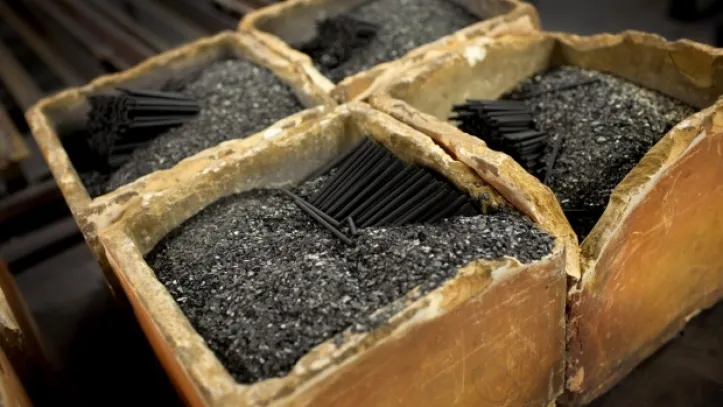Mozambique is advancing in the global graphite market with its northern Niassa mine, which is 80% complete.
The mine will open by 2024. China’s DH Mining leads this $30 million venture.
Upon operation, it will produce 400 tonnes of graphite daily, tailored for the automotive and electrical sectors.
Situated in Muichi, within the Nipepe district, this mine boasts 50 million tonnes of confirmed reserves.
Construction proceeds swiftly, with the processing plant nearing completion and a new ore warehouse rising.

Planners intend to build a bridge over the Lúrio River to facilitate transport. This bridge will connect the mine to the nearby Nacala port in Nampula province.
Furthermore, the mine promises employment opportunities, with 800 roles centered on graphite production.
However, COVID-19 introduced obstacles, particularly travel restrictions that stopped skilled laborers from arriving and delayed vital infrastructure projects.
Nonetheless, the project swiftly recovered its pace. Energy official Silvino Bonomar affirms this forward momentum.
The mine is projected to operate for around 20 years, offering steady employment.
Background
Mozambique’s involvement in this venture diversifies its resource sector, lessening its dependency on other minerals.
China’s role emphasizes its growing investment pursuits in Africa, positioning it as a trading partner and a keen investor.
Given the global shift to cleaner energy, Mozambique’s high-quality graphite, essential for electric vehicles and renewables, places it center stage.
The creation of 800 specialized roles addresses Mozambique’s unemployment concerns.
These positions and the mine’s long-term operational potential assure consistent economic benefits.
Despite COVID-19 challenges, the project’s continuity demonstrates resilience and unwavering commitment from all stakeholders.
Finally, infrastructure advancements, like the proposed bridge, will enhance regional transport, benefiting more than just the mining industry.

